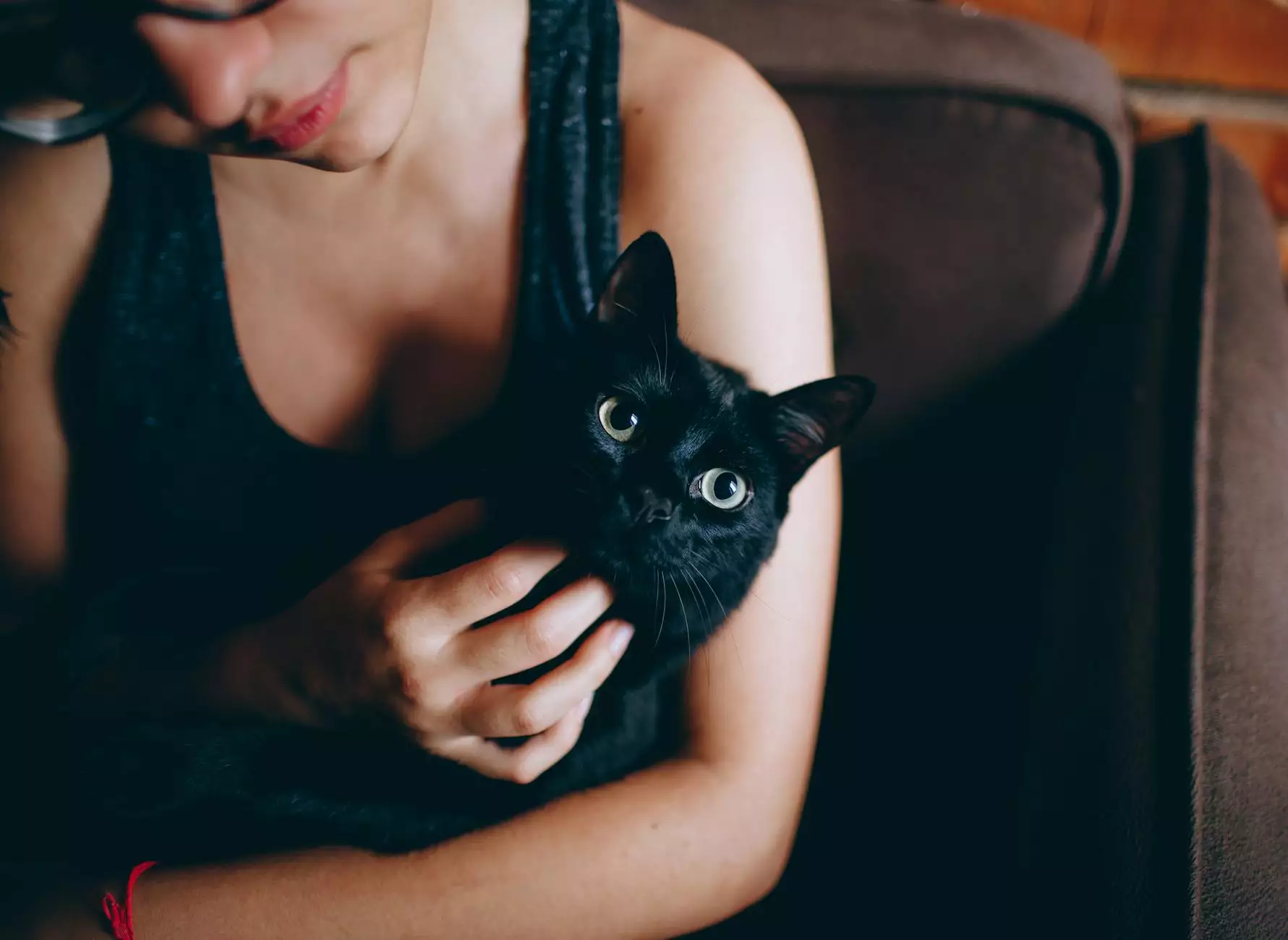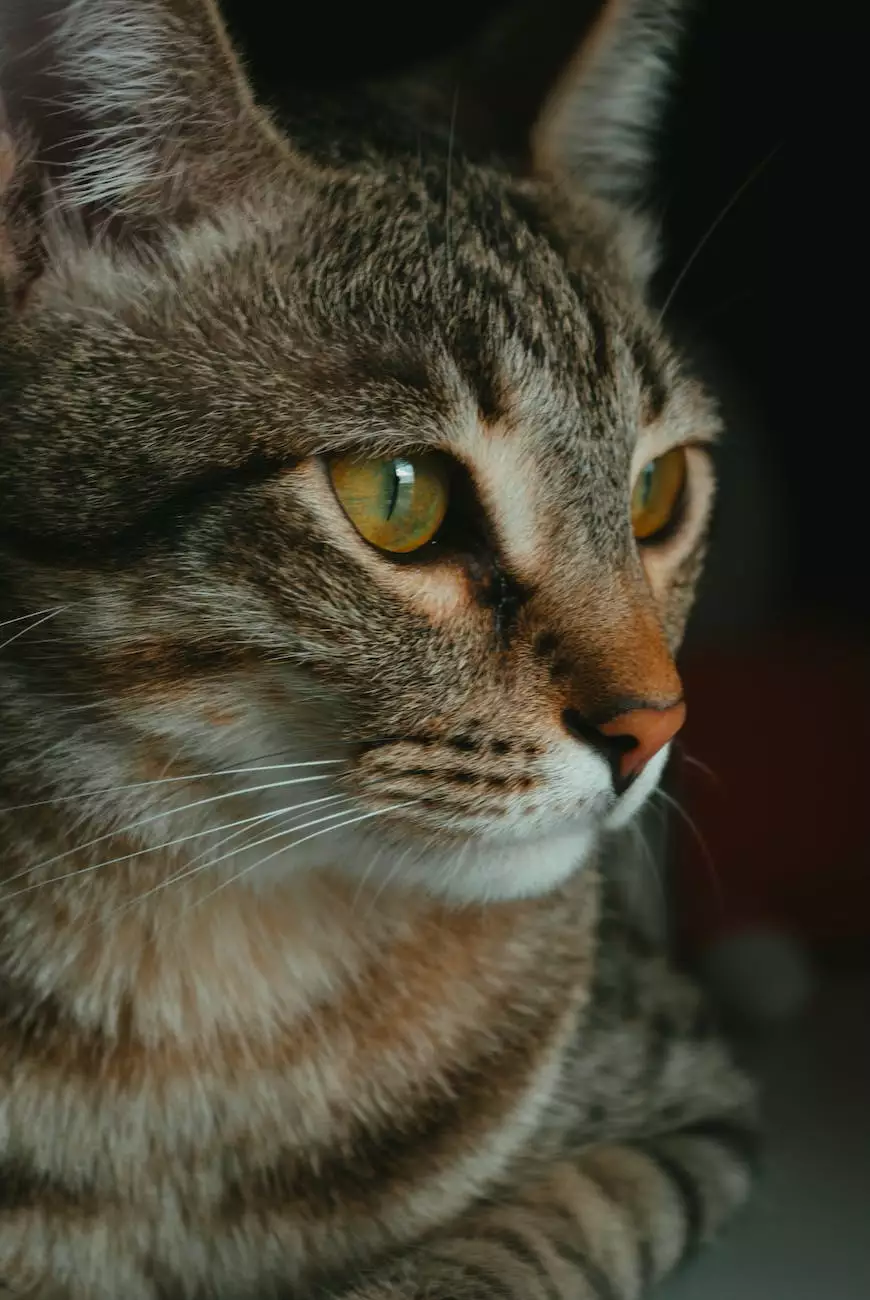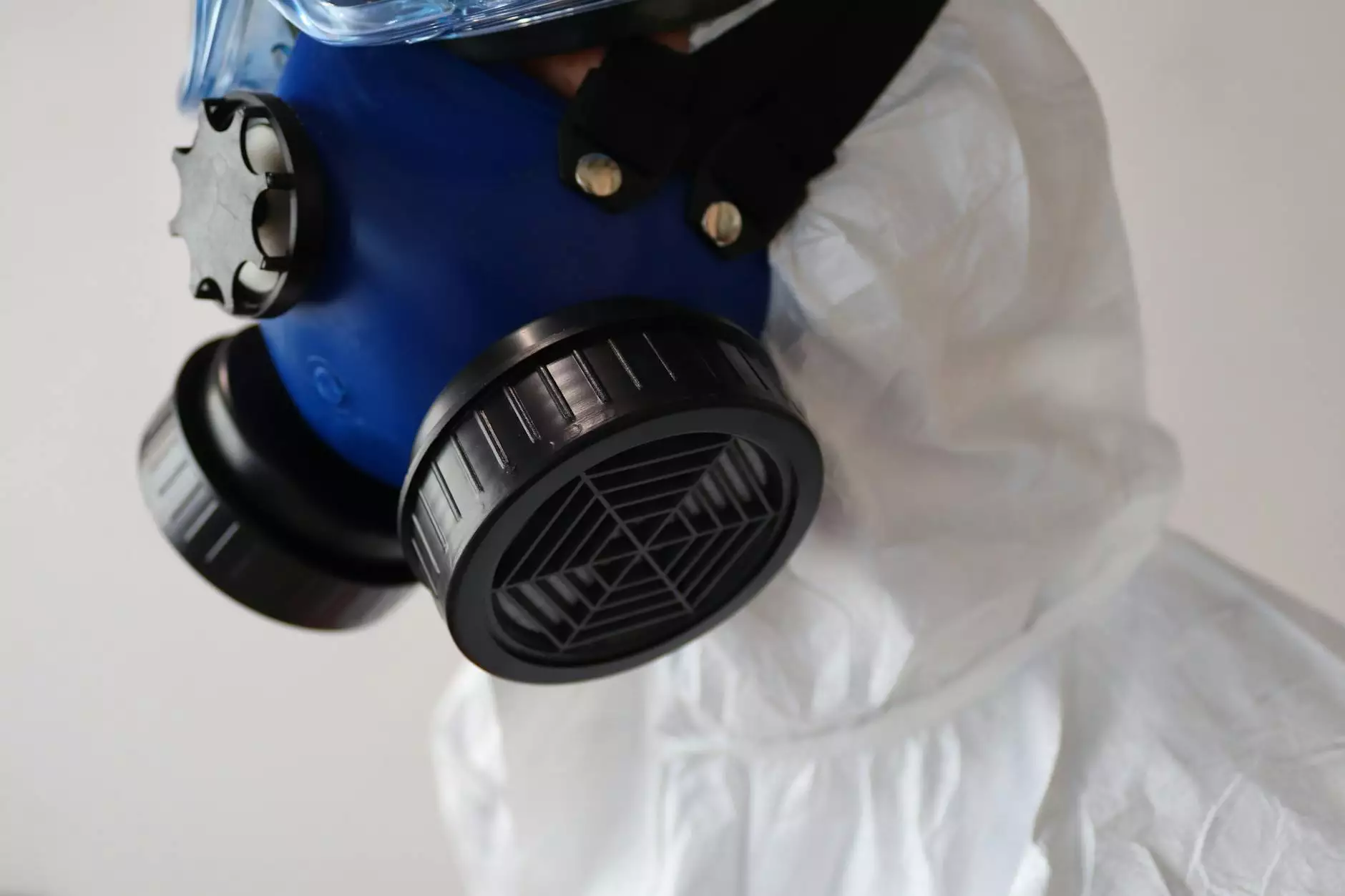How To Tell If Your Cat Is In Pain
Veterinarians
Introduction
Welcome to Lasers4Horses, your trusted source of information on pet care. In this article, we will focus on understanding and recognizing signs of pain in cats, helping you provide effective care and treatment for your feline companion.
Understanding Feline Pain
Cats, like any other living beings, can experience pain. However, they are often masters at hiding their discomfort, making it challenging for pet owners to identify when their cat is in pain. It is crucial to be observant and look for subtle changes in their behavior, as early detection can lead to timely intervention and better outcomes.
Signs and Symptoms
Recognizing signs of pain in cats requires careful observation. Here are some common indications that your cat may be experiencing discomfort:
1. Changes in Behavior
A cat in pain might display changes in their typical behavior. They may become more withdrawn, less active, or exhibit aggression and irritability. Additionally, they may show decreased appetite or changes in litter box habits.
2. Altered Social Interactions
When cats are in pain, they may avoid social interactions or seek isolation. They might avoid being touched, groomed, or petted, displaying signs of discomfort or vocalizing their pain.
3. Mobility Issues
Pain can significantly impact a cat's mobility. Look for signs of lameness, limping, stiffness, or reluctance to jump, climb, or use stairs. Additionally, they may exhibit changes in posture or have difficulty getting up after resting.
4. Changes in Eating and Drinking
Discomfort and pain often lead to changes in appetite and thirst. A cat in pain may eat less, have difficulty chewing, or show aversion to certain foods. Conversely, they might drink more or less water than usual.
5. Grooming Habits
Cats are known for their meticulous grooming habits, but when in pain, they might groom excessively or neglect their grooming altogether. Pay attention to changes in coat condition, matting, or areas of excessive licking, which could be indicative of discomfort.
6. Vocalization
Cats may express pain through vocalization. They may meow more frequently or differently, indicating their distress. Excessive growling, hissing, or moaning could also be signs of pain.
Seeking Veterinary Help
If you suspect that your cat is in pain, it is recommended to consult with a qualified veterinarian. They can perform a thorough examination and help diagnose the underlying cause of the pain. Remember, self-diagnosis or treatment without professional guidance can be risky and potentially harmful to your cat's well-being.
Treatment Options
The appropriate treatment for your cat will depend on the cause and severity of the pain. It is essential to follow your veterinarian's advice and recommendations. They may suggest various approaches, including:
1. Medications
Your vet may prescribe pain relief medications specifically formulated for cats. These could include non-steroidal anti-inflammatory drugs (NSAIDs) or other analgesics. It is crucial to administer medications as instructed and monitor your cat for any side effects.
2. Environmental Modifications
Modifying your cat's environment can help alleviate pain and discomfort. Providing soft bedding, easy access to litter boxes, and ensuring a warm and quiet space can promote healing and relaxation.
3. Laser Therapy
At Lasers4Horses, we specialize in laser therapy for horses, but did you know that it can also benefit cats? Low-level laser therapy (LLLT) has shown promising results in managing pain and promoting healing in felines. Consult with your veterinarian to determine if laser therapy is suitable for your cat.
4. Physical Therapy
In some cases, physical therapy techniques such as massage, stretching, and exercises can improve mobility and reduce pain. Your veterinarian may refer you to a professional animal physical therapist for further guidance.
Preventing Cat Pain
Prevention is always better than cure. To ensure your cat's well-being and reduce the risk of pain, consider these preventive measures:
1. Regular Veterinary Check-ups
Bringing your cat for routine check-ups allows early detection of potential health issues, preventing them from progressing to more severe conditions that can cause pain.
2. Maintaining a Healthy Diet and Weight
Proper nutrition and weight management can help prevent obesity-related health problems that might lead to pain. Consult with your veterinarian to choose the best diet for your cat's specific needs.
3. Providing Environmental Enrichment
Stimulating your cat's environment with toys, scratching posts, and interactive playtime can help prevent boredom and reduce the risk of developing behavior-related pain.
Conclusion
As responsible pet owners, it is our duty to monitor our cats' health and well-being. Recognizing and addressing signs of pain in a timely manner can lead to improved quality of life for our feline friends. If you suspect your cat is in pain, don't hesitate to seek professional veterinary care. Remember, Lasers4Horses is here to provide valuable information and support to ensure your beloved cat receives the best possible care.









